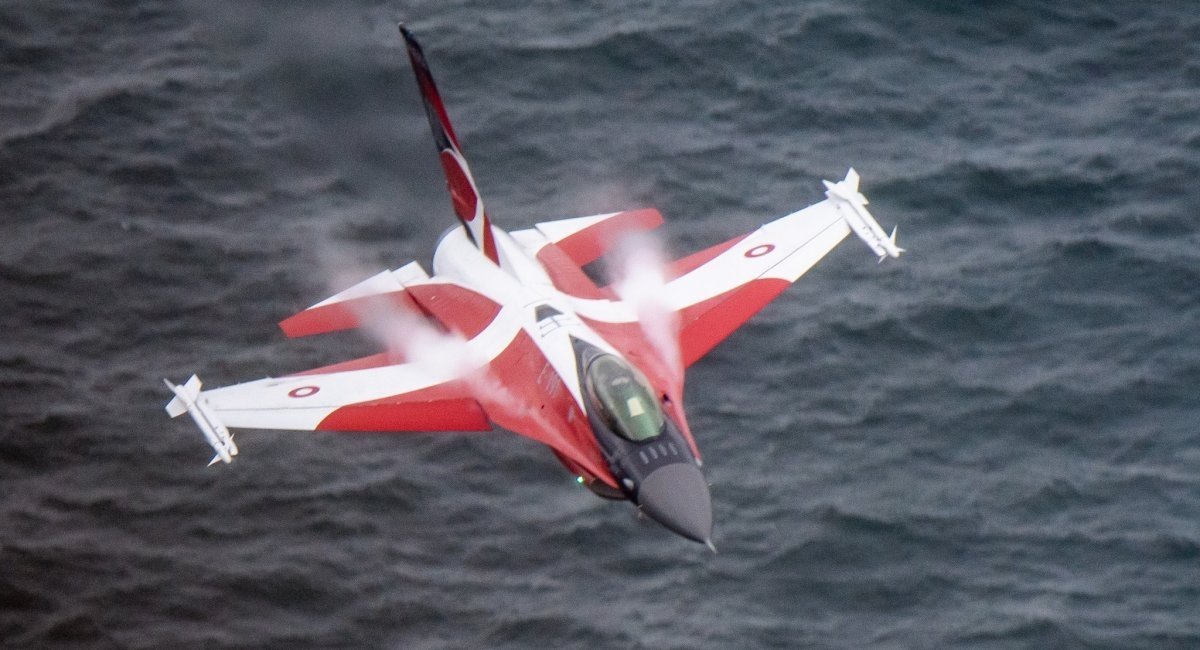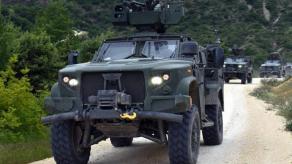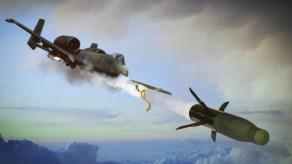Air Force of Argentina is actively looking into the candidates to update its aircraft fleet but of all the available variants, only used F-16 and Chinese Chengdu JF-17 are left. The choice between the two has become a conflict of interest for the United States, China, Denmark, Ukraine, and of course Argentina itself.
The issue of aircraft fleet update is critical for Argentina because all they currently have is around 20 aging A-4 Skyhawk jets in a condition of questionable operability. At the same time, this choice is also of critical importance for the United States because Washington doesn't want to let China on the continent.
Read more: Denmark Has "Spare" F-16s, But These Fighter Jets Might Reinforce Argentina Instead of Ukraine

According to Breaking Defense, the White House is already actively pressing the Argentine government because Beijing actively shows not just readiness to sell JF-17 fighters, but also to supply them on the most convenient terms.
China offers 15 to 20 brand-new jets with an option of gradual expansion of the order, with a full armament package, additional systems and equipment, and most importantly – on a long-term loan basis. In fact, here it is the money aspect that might become the decisive factor after all, as it often all comes down to budget when a country is choosing weapons.
That is, JF-17 does not feature any superior performance characteristics or unique capabilities, but its "superpower" is the price that was suitable enough for Nigeria and Myanmar to buy them. While the Nigerian 2014 contract value was not disclosed, the latter had 16 JF-17s for USD 560 million in 2015, that is 35 million per jet in its Block 2 modernization.
The authors note that the Argentine delegation has already paid a visit to the Chinese aircraft-making plant No.132 in Chengdu, where the first JF-17 planes were assembled back in the day. Nowadays, the aircraft for sale is made in Pakistan, where the JF-17 has been in manufacture since the early 2010s.
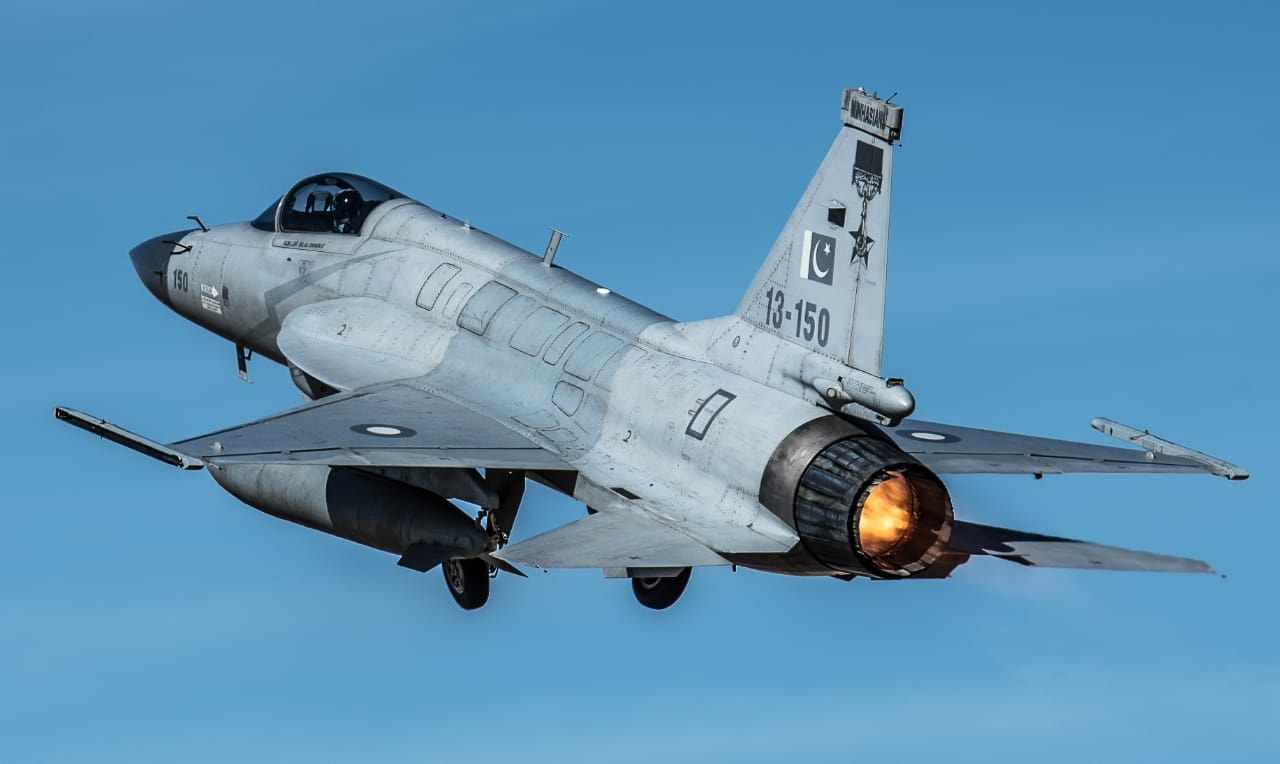
On the other hand, the U.S. can only beat the Chinese offer with used F-16s of its own. The United States physically cannot provide newly-made jets because there is already a queue all the way to 2027-2028, plus the price of 162.5 million per F-16 is not looking good for Argentina and its budget. That is why, the only option is to sell second-hand aircraft: the nuance is, not the ones from the Pentagon, but those from Denmark.
The intent to sell Danish aircraft comes from unofficial information about the query from the Defense Security Cooperation Agency (DSCA) regarding the contract on selling 38 used F-16s from Denmark to Argentina for a total value of 338 million. Breaking Defense' sources in the U.S. Department of Defense confirmed that the talks about the Danish aircraft are real but specified neither the number of jets in question nor the value of the potential deal.
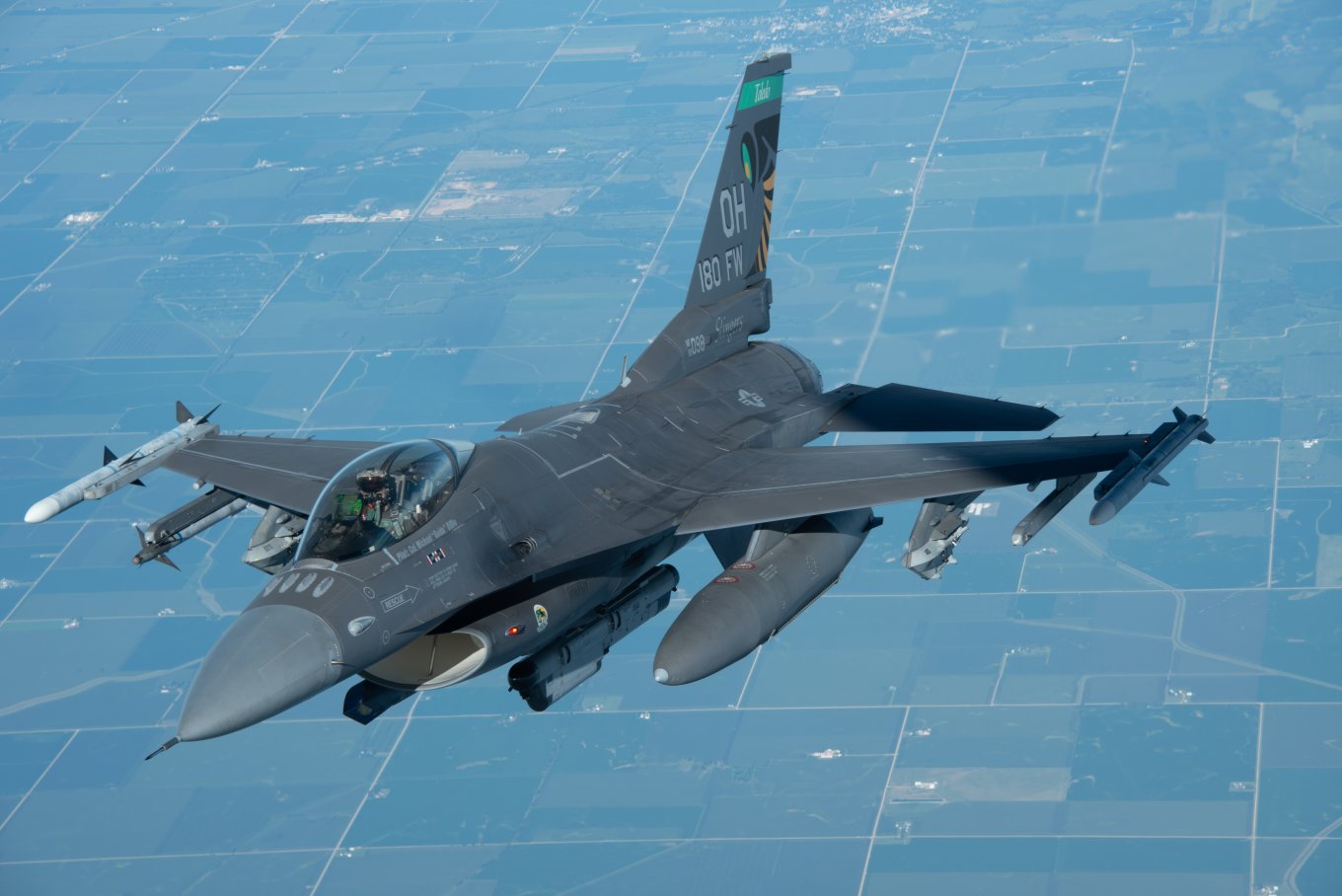
And that is where the Ukrainian issue starts. The problem is, Denmark is one of the important donors to pledge F-16 to Ukraine. The maximum number of aircraft that could be provided is 44 jets, of which 30 are in condition to fly. That is actually the reason for Copenhagen to stand firm on its interest in sending the fighters to Ukraine specifically, at least to ensure own safety and adhere to the already announced political vector instead of solving its transatlantic problems.
However, there is still a possibility that the Danish used aircraft will be split among the destinations ultimately because for the United States, letting Chinese defense industries into South America is quite a threatening precedent to allow to happen. The countries on this continent do not wield big defense budgets, so the cheap Chinese weapons, moreover provided on loan terms, might become popular very quickly.
Read more: What Kind of F-16 Ukraine Gets From the Netherlands and Denmark: Condition and Modernization




